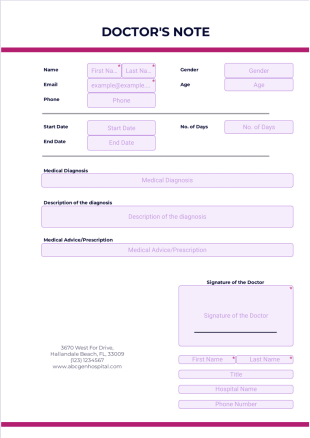Release of Liability Form FAQs
1) What is a release of liability form?
A release of liability form is a legal document in which one party waives their right to make a claim against another party in the event of an accident or other incident. This form is often used to protect businesses or individuals from legal claims arising from injury or property damage incurred during certain activities, services, or events.
2) Why do I need a release of liability form?
You might need a release of liability form to minimize the chances of legal action by ensuring that participants or clients are aware of and agree to accept the inherent risks involved in an activity or service. This type of form helps prevent litigation by requiring participants to acknowledge that they understand the potential dangers of an activity and that they agree not to hold the organization or individual in charge of the activity responsible.
3) Who can use a release of liability form?
Release of liability forms can be used by businesses, organizations, event coordinators, and individuals who offer activities, services, or events that have potential risks. These forms are useful for anyone who needs to try to prevent legal claims resulting from accidents or injuries that can occur during such activities.
4) What types of situations or events require a release of liability form?
A release of liability form is often deemed necessary in situations that involve physical risk, such as sporting events, adventure tours, fitness classes, and workshops using tools or machinery. Release of liability forms are also commonly used for events like festivals and gatherings during which the actions of crowds can lead to potential accidents or damages.
5) What should be included in a release of liability form?
A comprehensive release of liability form often includes
- The names and contact information of all involved parties
- A detailed description of the activity and its risks
- A statement that the participant agrees to waive legal claims against the organizer or business
- Signatures from participants affirming their understanding and acceptance of the risks
6) How do I write a release of liability form?
To write a release of liability form, start by clearly describing the activity and its associated risks. Use straightforward and accessible language to make sure participants understand what they are agreeing to. Include a waiver section where the participant acknowledges the risks and agrees not to hold the organization or individual in charge of the activity liable. Always consult your attorney when preparing a release of liability form or any other kind of legal form, to make sure the form you’ve written works.
7) What kinds of businesses use a release of liability form?
Businesses that typically use a release of liability form include those involved in physical activities, like gyms and adventure sports providers; travel companies offering tours in potentially hazardous locations; and organizers of large events or festivals, the scale of which could lead to accidents.
8) Can multiple members of groups sign the same release of liability form?
Jotform allows multiple members of a group to sign the same release of liability form.
9) What are some types of release of liability forms?
There are several types of release of liability forms, each tailored to different activities and situations. Common types include a general release, which covers various potential accidents; an activity-specific release, designed for particular events or services; and a mutual release, used when both parties agree to waive any claims against each other. Each type serves to protect against claims in different contexts and is chosen based on the specific needs of the activity or event.






